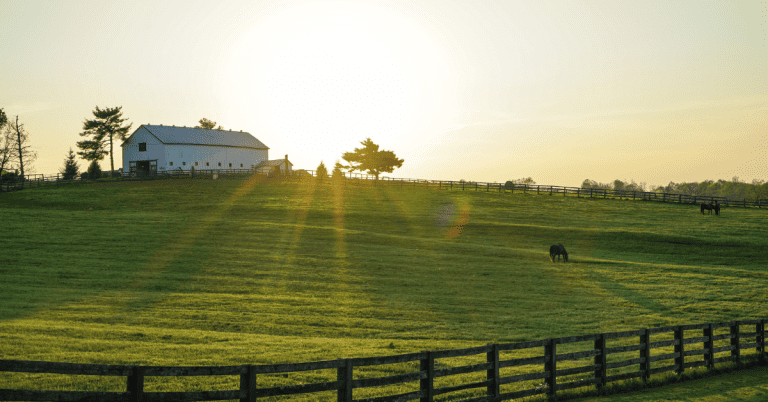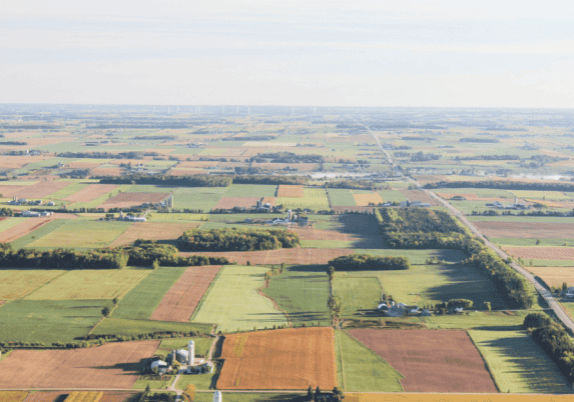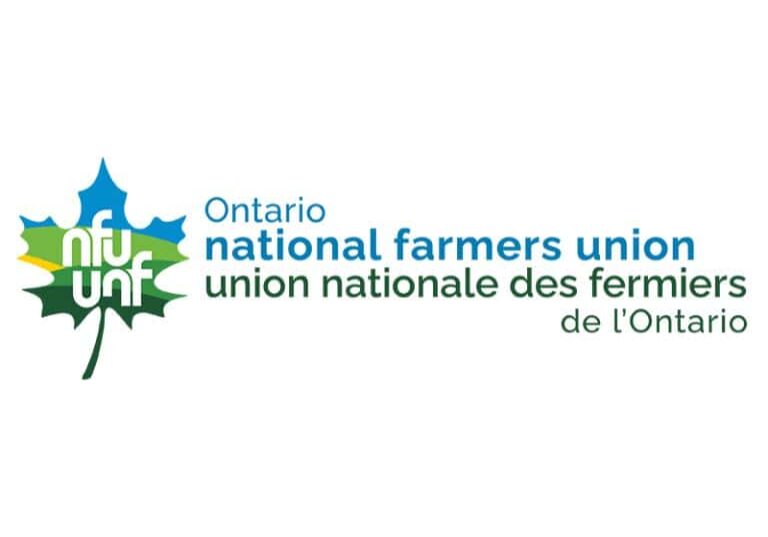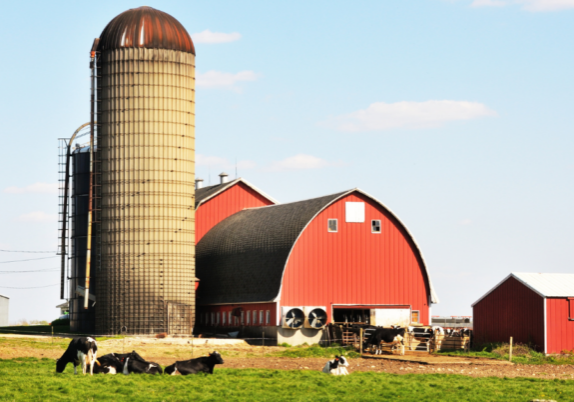Response to Housing Needs in Rural and Northern Municipalities

Re: ERO # 019-5287 Seeking feedback on Housing Needs in Rural and Northern Municipalities
Dear Planning Consultation Staff,
The National Farmers Union – Ontario (NFU-O) is an accredited farm organization representing thousands of sustainable family farms and local food advocates. The NFU-O believes that the family farm should be the primary unit of food production in Ontario. Members work together to achieve agricultural policies that ensure dignity and income security for farm families, while protecting and enhancing rural environments for current and future generations. The NFU-O collaborates locally, nationally and internationally to research, educate, and share effective solutions that lead to a better world for farm families and their communities.
The National Farmers Union – Ontario (NFU-O) strongly believes the Ontario government should take measures to address the rural and northern housing crisis while protecting both prime farmland and lower classes of agricultural and rural land from severance, development, and rezoning.
We would like to express serious concerns regarding ERO #019-5287—along with the recently-passed, Bill 109, More Homes for Everyone Act, 2022—for their failure to: a) ensure that farmland remains farmland and that natural areas remain protected; b) meet the specific challenges and barriers related to affordable housing; and c) enforce minimum density targets in rural and northern municipalities.
Specific Housing Challenges for Farming Communities in Rural and Northern Municipalities
A lack of affordable housing is a dire issue for many of our members, their families, and their employees. Based on surveys we conducted among farmers and farm workers in 2020, over one in eight farm operators and one-quarter of farm worker respondents identified a lack of quality, accessible housing as a barrier to hiring or a career in agriculture. Less than one in four farm employers had on-farm housing options available for their workers. “We do not have any on-farm housing options for staff, nor are there any rental opportunities to speak of in the area,” shared one farm operator.
Almost half of farm workers who commuted to the job would consider living on-farm if the option were available. One farm worker commented that “the long-term sustainability of my farming career will depend on my ability to live on-farm, but regulations preventing the construction of a second dwelling (or even tiny houses/trailers/other temporary housing) is a major barrier” while another, even before post-pandemic inflation, said, “At wages below ‘living wages,’ it is only a matter of time before staff who try to rent off farm are forced out by the cost of living off-site…average rentals are 60-75% of my earnings.”
For farming communities, the housing crisis is felt across a generational divide. With 55 being the average age of farmers in the country, many Ontario farmers are looking to retire but have limited affordable options to encourage them to sell the farm and move to alternative on-farm or off-farm housing to free-up the land for the next generation of farmers. For many young farmers, especially those from marginalized communities, farmland prices are out of reach. Meanwhile, municipal zoning by-laws, especially minimum home size requirements, have made it difficult for farmers to provide secondary housing options for seasonal and full-time farm workers.
Solutions: Balancing Farmland Protection with Affordable Housing Needs
In order to protect farmland, any measures to address housing challenges in rural and northern communities should not make it easier to subdivide, sever, or create extra lots on any land zoned agricultural or rural that is currently in agricultural use of any kind. We need to protect and preserve all farmland, not just prime farmland or land within the Greenbelt. There is ample evidence that allowing for severance on agricultural land leads to development and the long-term removal of land from agricultural use. Similarly, no housing solution should allow for development on any provincially significant wetlands, sensitive headwater areas, provincially significant woodlands, endangered species habitat, or other defined sensitive natural areas.
During the COVID-19 pandemic, farmland has been increasingly purchased by wealthy urbanites to develop large single-family dwellings. Not only have these buyers taken acres of land out of cultivation, they are also contributing to rising land prices. These often palatial rural estates are doing nothing to resolve the housing crisis. It is also well known that such developments cost more for municipalities in servicing than they generate in tax revenue. The Ontario government should work with municipalities to significantly increase the tax-rate on such developments and land purchases to make them unattractive to potential developers.
I) On-Farm Housing
In order to create greater housing availability to farm communities in rural and northern areas, the government should work with municipalities and townships to allow for affordable and appropriate on-farm worker housing. Building a tiny home, bunkhouse, and/or purchasing a trailer are three examples of solutions to meet farm labour housing needs on and around Ontario farms. Currently, the most common municipal zoning by-law preventing farm worker housing is a minimum home size (square footage) requirement which is larger than the average square footage of a tiny home, bunkhouse, or trailer and which makes these housing solutions not legally possible. Because these structures are non-conforming, they have the advantage of not being easily transformed into permanent, primary residences. The NFU-O is in favour of the broadening of municipal by-laws to allow for tiny homes and trailers for the purpose of farm worker housing1. Such structures should still meet appropriate health and safety standards to ensure proper living conditions for the workers who grow our food.
II) Off-Farm Housing
The NFU-O believes that there exists significant brownfield sites, abandoned properties, and/or undeveloped land in rural and northern municipalities that could be incentivized for the development of appropriate off-farm housing projects for both farm workers and retiring farmers. We advocate “smart growth” of compact, walkable municipal centres that avoid sprawl. Minimum density targets should be required for all housing developments, with priority made for small semi-detached homes and/or modest-sized multi-unit complexes. The use of the provisions under the More Homes for Everyone Act, including the proposed Accelerator tool, should only be used: a) where the land slated for development sits within pre-existing municipal settlement area boundaries; b) where urban infrastructure already exists (sewers, gas, electricity, etc.), and; c) only for housing projects that include a percentage of units dedicated to community and/or affordable housing. Otherwise, developments should follow the provisions outlined in the Planning Act and the Provincial Policy Statement.
Concluding Remarks
Affordable housing is a pressing issue for our members and for all people who reside in rural and northern areas of the province. What is needed is not, however, policies that give free rein to developers to pave over farmland, sensitive ecological areas, and/or contribute to urban sprawl. Just like our larger urban centres, we can build “smart” by enforcing minimum density standards and improving public transit services and other in-town infrastructure. Municipal by-laws limiting secondary on-farm housing should be relaxed, provided the accommodations meet health and safety requirements and are built to standards that would not allow them to be rezoned as primary residences.
Thank you for your consideration.
Sincerely,
Max Hansgen
President, National Farmers Union – Ontario








